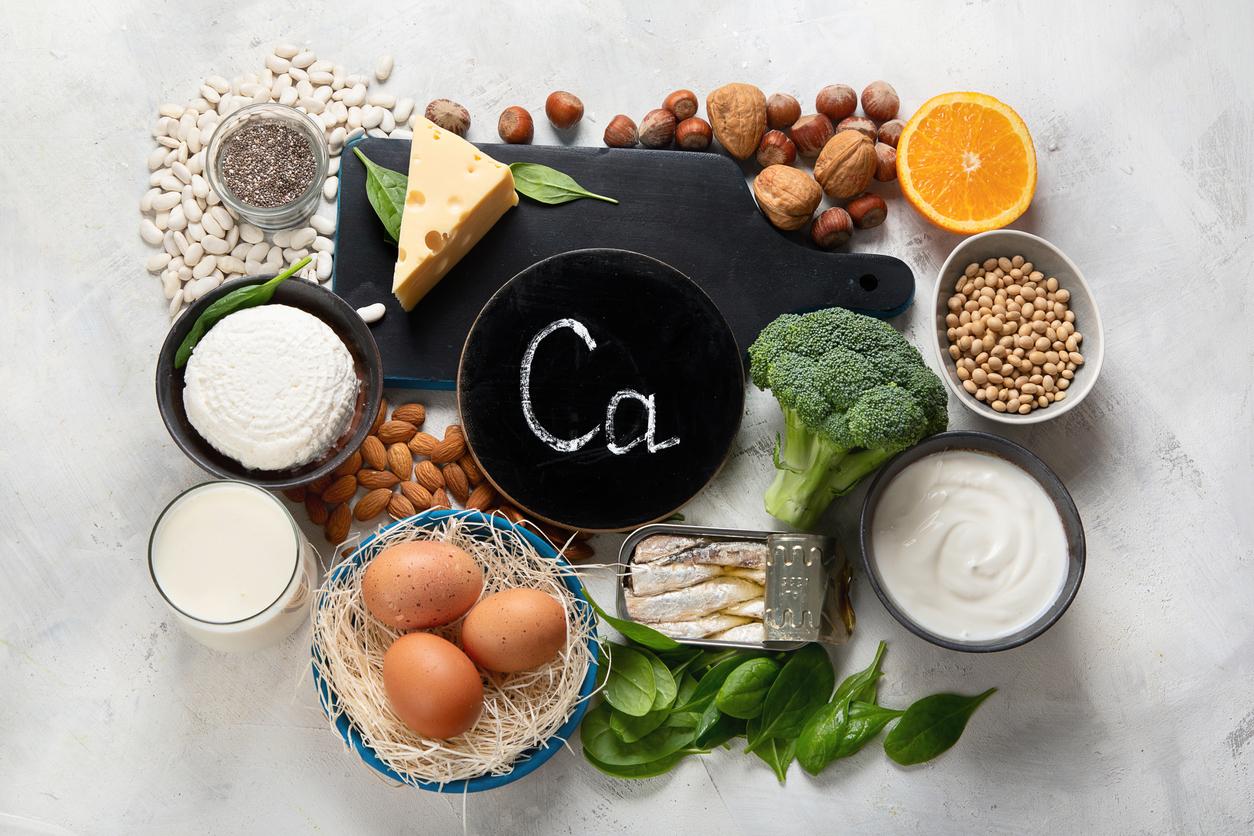Consuming milk between the ages of 13 and 18 does not lower the risk of hip fractures 20 years later, according to the results of a US study that followed more than 96,000 people.

Drinking milk in adolescence does not reduce the risk of fracture later … In boys, heavy milk consumption is even associated with an increased risk of hip fracture. These results come from an American study on more than 96,000 people.
Researchers at Harvard University in Boston looked at the milk consumption of these people between 13 and 18 years old. After 22 years of follow-up, they identified 1,226 hip fractures in women and 490 in men. The Harvard team also found that drinking milk in adolescence increased the height of adults. But, they did not find a lower risk of hip fractures in people who drink milk compared to others.
An opposite effect in boys
It would even be the reverse in boys, since each daily glass of milk was associated with an increased risk of hip fractures of 9%. The authors assume that this risk could be explained in part by the increase in height. “We did not find an increased risk of fractures in women,” said Dr. Diane Feskanich, lead author of the study. The strengthening of bone mass due to the consumption of milk would be counterbalanced by a brittleness due to a higher height. And a high height would be a risk factor for osteoporosis, ”suggested the researcher. These results contradict the American nutritional recommendations which encourage adolescents to drink 3 glasses of milk per day to strengthen bone density.
No consensus on milk consumption
This is not the first time that scientific work has not found an association between the consumption of milk and a lower risk of osteoporosis. Another American study published in 1997, carried out over a period of 12 years, showed that women aged 40 to 60 who consumed milk increased their risk of fractures. There is also no consensus on the optimal quantity of milk to consume in adulthood to prevent osteoporosis and to reduce the incidence of fractures in the elderly. The World Health Organization (WHO) recommends consuming a minimum of 400 mg to 500 mg of calcium per day for people aged 50 and over.
.















